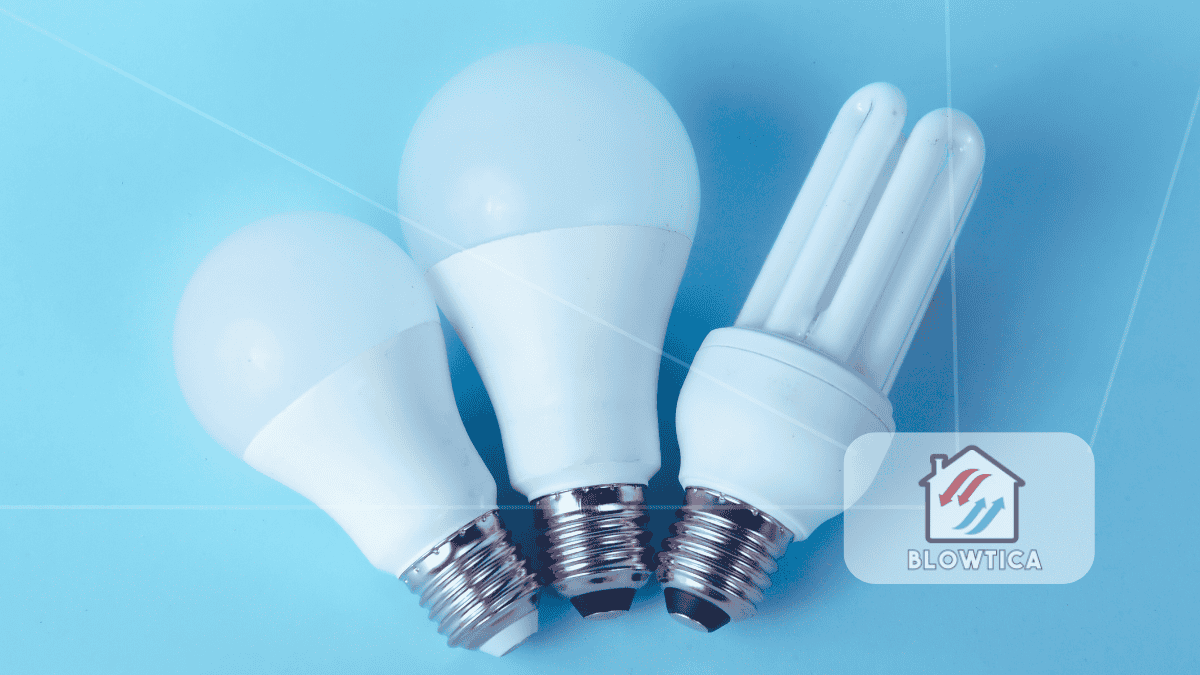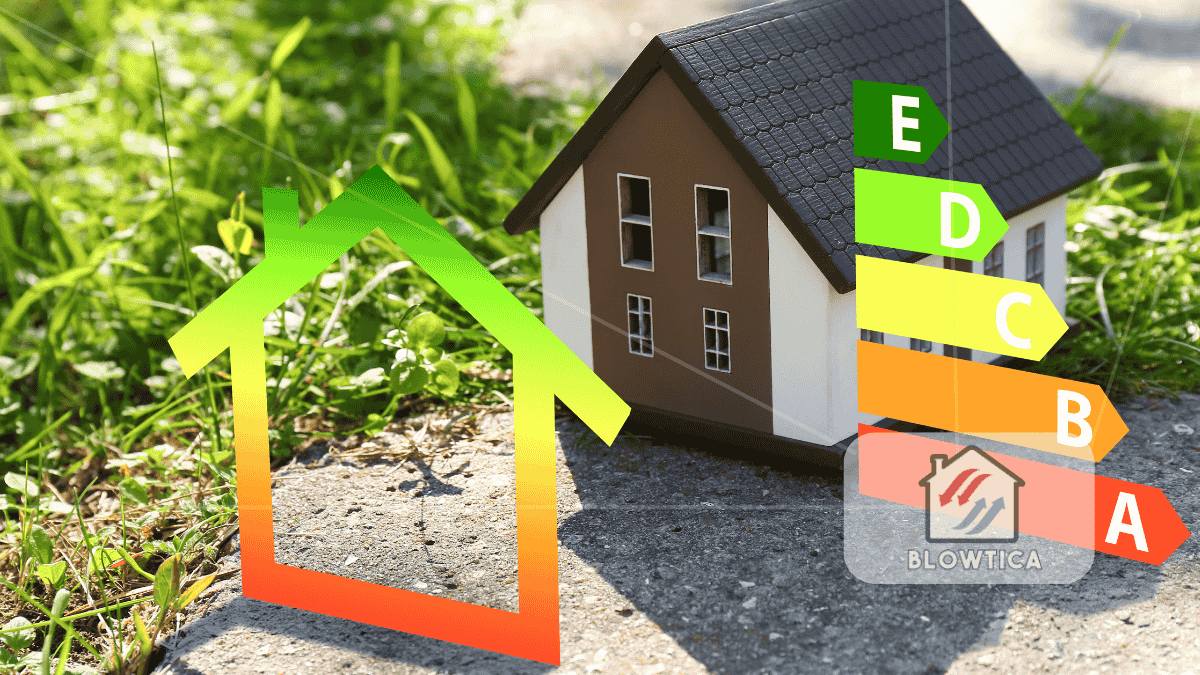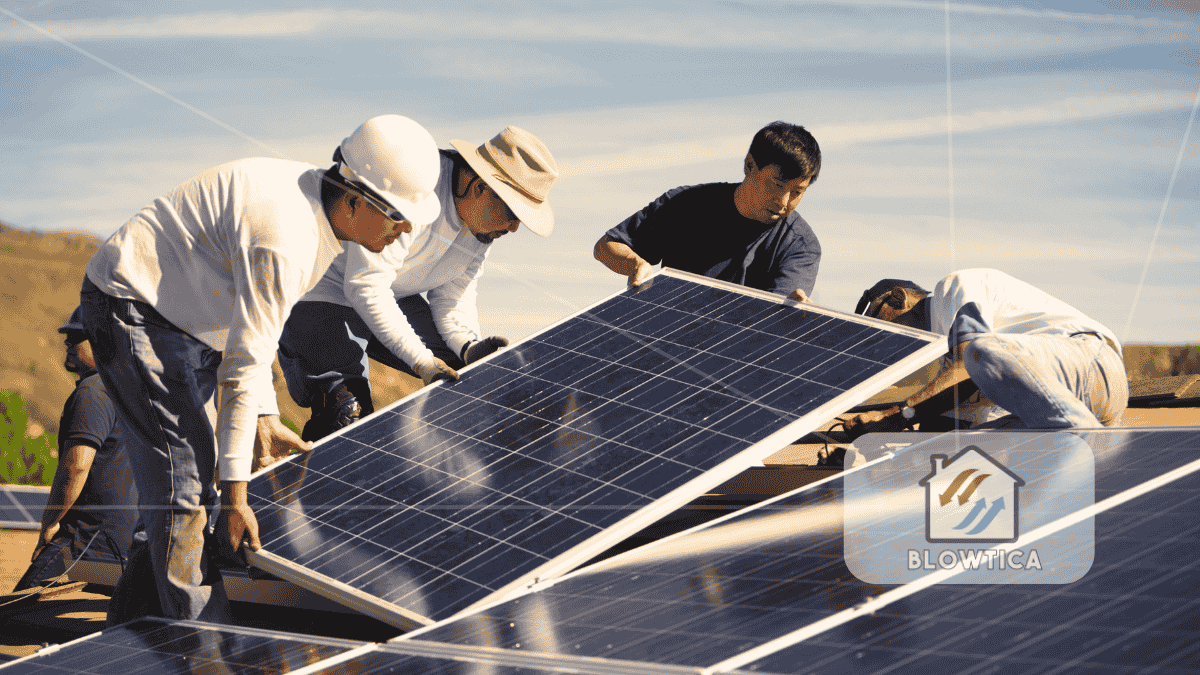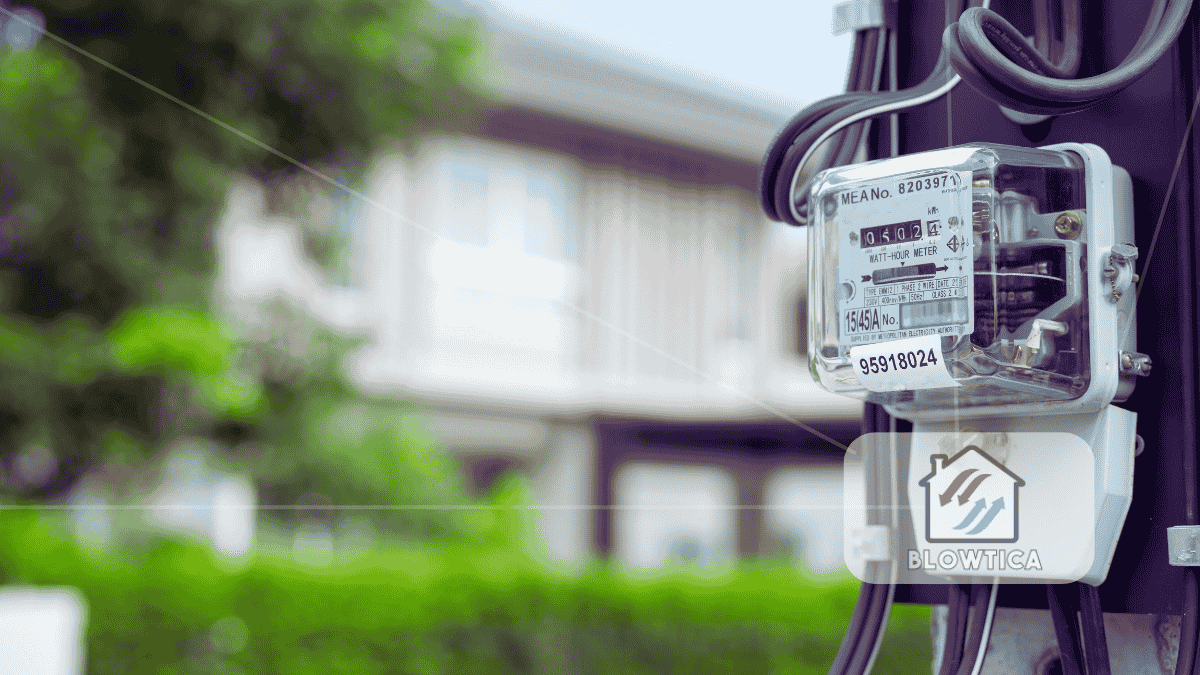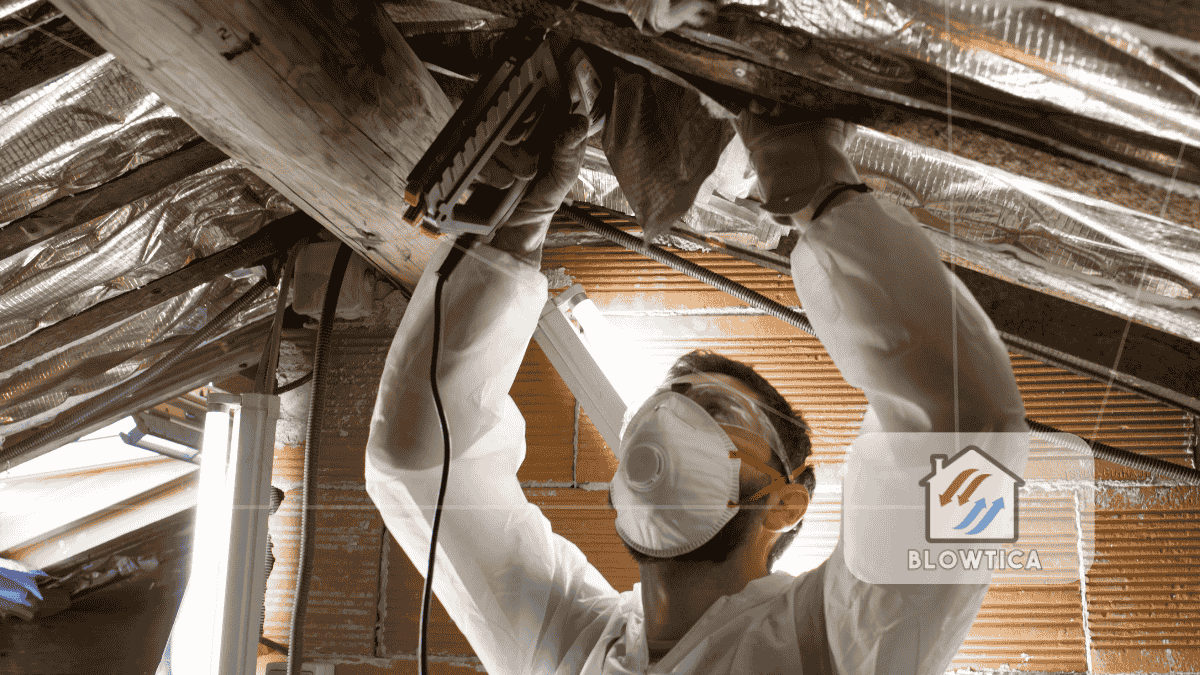
Insulation is one of the most critical yet overlooked aspects of home efficiency. It directly impacts indoor comfort, heating and cooling costs, and even your home’s structural health. Still, many homeowners fall into the trap of common errors that compromise insulation performance. Knowing the biggest home insulation mistakes to avoid can help you get the most value from your investment while ensuring your living space stays energy-efficient year-round.
This updated and comprehensive guide digs deeper into insulation do’s and don’ts, offering practical insights to help you insulate smarter, not harder.
1. Choosing the Wrong Insulation Material
Not all insulation works the same in every situation. One of the most frequent home insulation mistakes to avoid is selecting a material that doesn’t match your specific needs. For example, fiberglass batts are popular due to their low cost and ease of use, but they underperform in damp or extremely cold climates. Conversely, spray foam offers superior sealing but requires skilled application and a higher budget.
What to do instead:
- Consider your local climate and humidity levels.
- Match the insulation material to the application (e.g., attic, crawlspace, walls).
- Seek advice from a home energy expert or contractor with experience in your area.
2. Underestimating R-Value Requirements
R-value is the rating that measures the insulation’s resistance to heat flow. The higher the R-value, the more effective the insulation. Using insulation with a lower R-value than recommended for your region is a surefire way to waste energy.
How to get it right:
- Look up recommended R-values for your climate zone.
- Don’t just go thicker; focus on quality and material type.
- Prioritize areas that bleed energy, such as attics and exterior walls.
3. Sloppy Installation
Even high-performance insulation will underdeliver if installed poorly. Gaps, compression, or misaligned batts can severely reduce their effectiveness.
Installation blunders to avoid:
- Leaving spaces around outlets and light fixtures
- Stuffing insulation too tightly into cavities
- Installing the vapor barrier facing the wrong direction
Best practices:
- Follow the manufacturer’s directions down to the last detail.
- Use tools like insulation knives and supports to maintain shape.
- Don’t hesitate to call in a pro for tricky spots.
4. Ignoring Air Infiltration
Insulation slows heat transfer, but it won’t block drafts. One of the overlooked home insulation mistakes to avoid is skipping air sealing altogether.
Solutions:
- Conduct a blower door test to locate air leaks.
- Use foam sealant or caulk to plug holes and cracks.
- Address gaps around windows, pipes, attic hatches, and electrical boxes.
5. Failing to Manage Moisture
Moisture is insulation’s worst enemy. It reduces performance, encourages mold, and can even damage your home’s structure.
To prevent moisture issues:
- Always install a vapor barrier where required.
- Use mold-resistant insulation like closed-cell spray foam in damp areas.
- Ensure your home is properly ventilated to allow moisture to escape.
6. Overlooking the Attic
Attics are notorious for energy loss due to heat rising. Neglecting this area is a costly misstep.
Here’s what you should do:
- Use loose-fill insulation for full coverage in hard-to-reach areas.
- Add baffles to maintain airflow near soffit vents.
- Check insulation depth regularly and top up as needed.
7. Skipping the Basement and Crawl Space
Don’t ignore the lowest parts of your home. They contribute more to energy loss than you might think.
Correct approach:
- Insulate basement walls and rim joists with rigid foam or spray foam.
- Avoid fiberglass batts in crawl spaces unless they are sealed and dry.
- Lay down a moisture barrier on the crawl space floor.
8. Assuming Old Insulation Is Good Enough
Just because insulation exists doesn’t mean it’s doing its job. One of the persistent home insulation mistakes to avoid is relying on degraded or outdated materials.
What to look for:
- Signs of moisture, pest damage, or settling
- Gaps and bare spots in attics and walls
- Discoloration or unpleasant odor
Next steps:
- Remove compromised insulation safely.
- Replace with up-to-code, high-efficiency materials.
- Bring insulation levels up to today’s energy standards.
9. Blocking Air Circulation
A well-insulated home still needs to breathe. Blocking ventilation, especially in attics, can lead to condensation, mold growth, and reduced insulation performance.
How to keep air moving:
- Install rafter vents (baffles) to keep soffits clear.
- Maintain attic fans and ridge vents.
- Never pack insulation tightly against roof decking.
10. Rushing a DIY Project
Tackling insulation yourself can save money, but only if you know what you’re doing. Many DIY projects fail because of poor planning or execution.
Smart DIY strategy:
- Start with a home energy assessment.
- Watch tutorials specific to your insulation type.
- Be honest about your skill level and bring in help when needed.
11. Not Insulating Interior Walls and Floors
Soundproofing and thermal control aren’t just for exterior walls. Interior insulation helps with room-to-room comfort and noise reduction.
Why it matters:
- Reduces HVAC load by stabilizing room temperatures
- Provides acoustic insulation in shared spaces
- Adds privacy to bedrooms, bathrooms, and offices
Where to consider adding insulation:
- Between floors in multi-story homes
- Around laundry rooms and mechanical areas
- Interior walls that back up to the garage
12. Overinsulating Without Assessing Needs
Yes, there is such a thing as too much insulation. Piling it on can trap moisture, block ventilation, or cause unnecessary expense.
Avoid this by:
- Consulting an energy specialist before adding new insulation
- Make sure your ventilation systems can handle the changes
- Balancing thermal insulation with airflow and humidity control
Signs Your Insulation Needs Help
Even if your home feels okay, insulation problems might be lurking behind the walls. Watch for:
- Temperature swings from room to room
- Drafts near baseboards or outlets
- Condensation on windows
- Rising energy bills despite regular usage
If these symptoms sound familiar, it’s time to review the list of home insulation mistakes to avoid and reassess your setup.
Wrapping Up: Insulate Smarter, Live Better
Insulation isn’t just a line item on your renovation checklist. It’s a long-term investment in your home’s comfort and efficiency. By learning the most critical home insulation mistakes to avoid, you set yourself up for better indoor air quality, lower utility bills, and a more resilient structure overall.
Take your time. Get the right materials. Focus on proper installation and ventilation. When in doubt, bring in professionals who understand local codes and building science.
Smart insulation isn’t just about saving money. It’s about making your home a better place to live.


